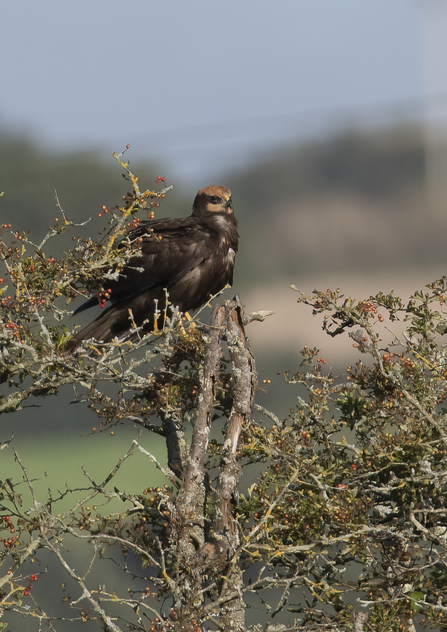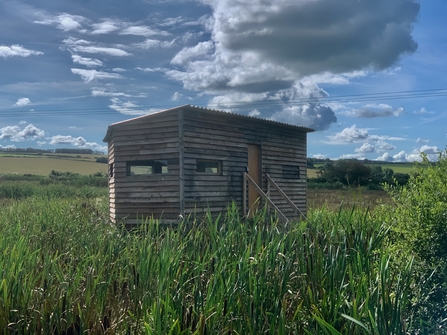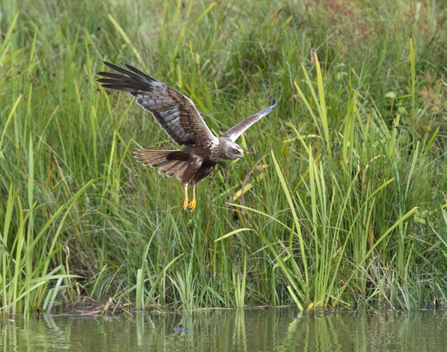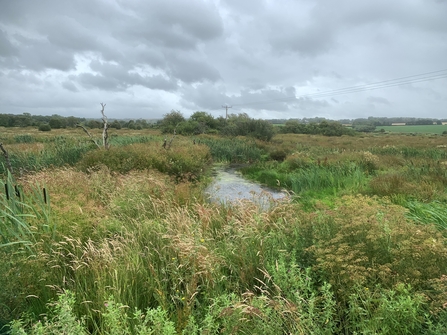The chicks fledged back in mid August, and the juvenile birds have now left the reserve to head to winter grounds, possibly as far away as Africa.
There are very few breeding records of this species in Cornwall, and this is the first in North Cornwall since the 1860s. Historically marsh harriers would have been widespread across England until becoming temporarily extinct at the end of the 19th Century. Numbers subsequently rose, until crashing again to leave just one pair in 1971.
A ban on oraganochlorine pesticides, reduced persecution and the restoration of wetlands has led to an increase again in breeding pairs, with the latest UK estimate being 500 pairs.




